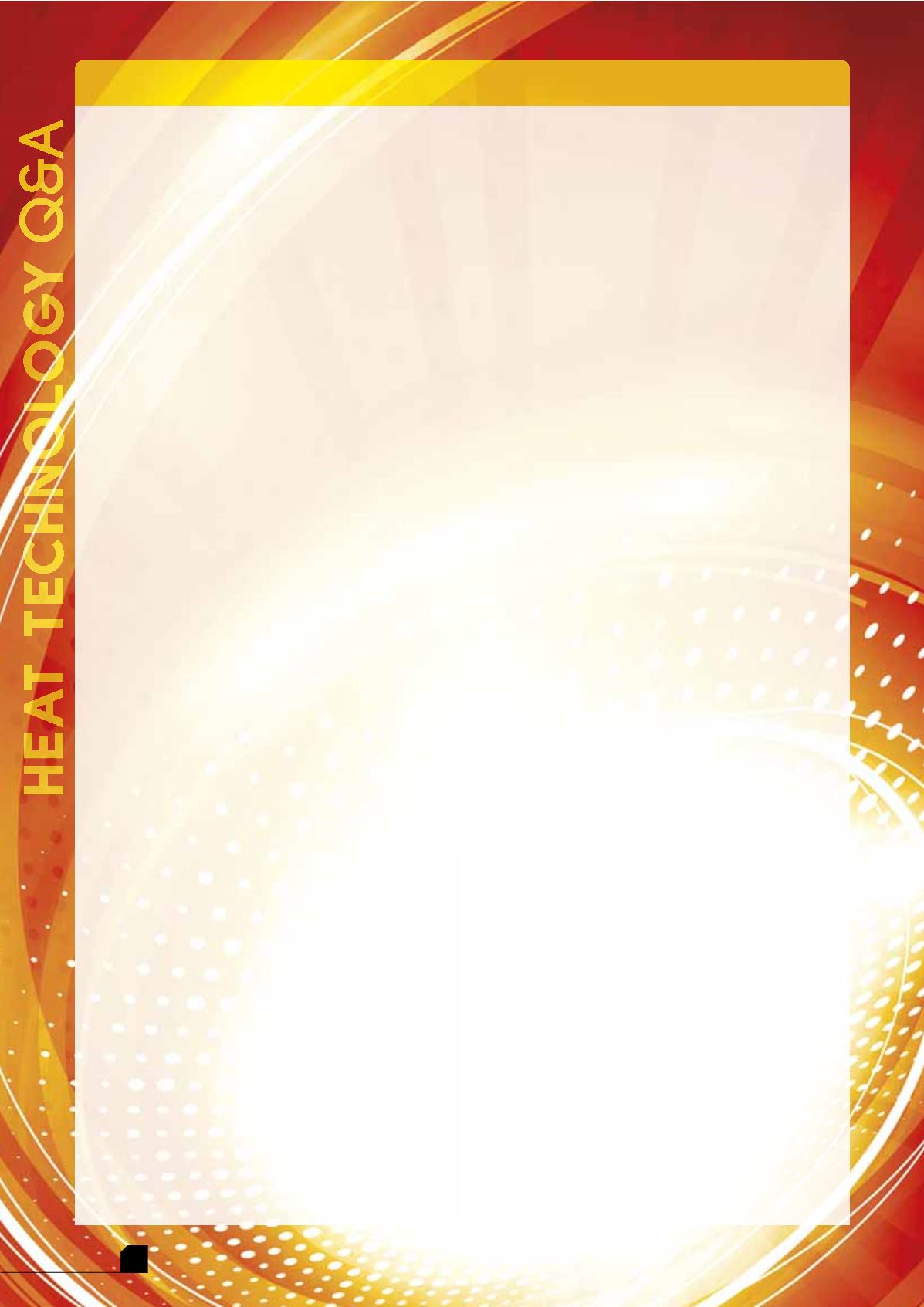
March
2017
HYDROCARBON
ENGINEERING
150
HEAT TECHNOLOGY
Q
Why is heat technology so crucial to downstream
process plant operations?
Downstream oil and gas operations, and particularly refinery
processes, require a large quantity of heat for the various
reactions, and are therefore extremely energy intensive. This is
a key issue in a period where optimising the use of energy
represents a main focus for many oil and gas players. In this
scenario, heat transfer technologies play a key role: they may
become instrumental for the strategies of oil and gas
companies to help them optimise the use of energy, and to
support their mid and long-term objectives.
Q
What are the main applications for your company’s
heat technologies or equipment within the
downstream industry?
The main applications for Kelvion’s heat transfer technologies
in the downstream sector are in refining and petrochemicals.
The technologies’ principal application fit is in refineries on
distillation units (particularly atmospheric distillation units, or
ADUs), on fluid catalytic cracking (FCC) units, on hydrotreaters
(HDTs), and on the heavy processes (e.g. visbreakers). In these
applications, the technologies assist in increasing the
possibility of energy optimisation. An example is the crude
preheat trains on an ADU, where Kelvion’s technologies offer
improved thermal efficiency, increasing the temperature
obtained before the fired heaters. Secondly, they assist in
mitigating fouling effects – another major issue in refineries
– again, with an increase in the energetic efficiency of the
process units, and a reduction in unexpected shutdowns for
maintenance. In both cases, the technologies assist in reducing
OPEX within refineries.
Q
What was your company’s first heat related
equipment or technology aimed at the downstream
oil and gas industry?
A welded plate heat exchanger, called K°Bloc, which is used on
many processes, but particularly on crude preheat trains on
ADUs. This technology offers the possibility, with a highly
turbulent flow, to cross temperatures, and is very well adapted
to interchanging and heat recoveries.
Q
In what ways can heat technology help to improve
energy efficiency and reduce emissions at process
plants?
This technology, because of its geometry, can preheat the
crude oil by 10 – 50°C more, compared to traditional shell and
tube heat exchangers, which have a completely different
geometry and, as a consequence, behaviour. A lower heat
demand to the fired heater – to achieve the temperature level
required before the distillation columns – results in an
important OPEX saving for the refinery, and, as a direct
consequence of the lower heat demand to the fired heater, a
reduction in emissions.
Q
How have R&D methods evolved over the past
10 years in relation to downstream heat technology?
R&D has evolved in two directions: the research of more
compact and efficient technologies, allowing better
performances, and the need for improved reliability. Reliability
is key to refiners to ensure smooth operations and avoid
unexpected shutdowns: from mechanical reliability, to better
resistance, to fouling effects, to the possibility of performing
maintenance operations in a user friendly way.
Q
Talk us through your company’s design process for
new heat technologies or equipment.
Kelvion only produces heat transfer technologies. Being
completely focused on this means that the company has
regular market intelligence activity – in the form of a constant
dialogue with refineries – to understand their needs in terms
of heat transfer. The company then combines the input from
refineries with its R&D activities to develop improvements that
can fit with an industrial logic, and at the same time represent
a real benefit for downstream facilities.
Q
Explain how new heat equipment or technology is
tested.
The company submits newly developed equipment to several
cycles of theoretical and practical tests, both in-house and
through external dedicated structures. This typically takes a long
time, and during this process the required corrective actions are
put in place, depending on the levels of tests. The final step
involves, excluding any eventually required certification, a
certain number of field tests, under real operating conditions.
Those field tests are conducted (in general on units not at full
scale) by installing the heat exchangers within refineries that
have the possibility to support this cooperation, to verify the
behaviour of the units under real operating conditions.
Q
What has been your company’s biggest
technological breakthrough in terms of
downstream heat technology?
Kelvion’s portfolio includes many different technologies: from
air coolers to shell and tube heat exchangers, from welded
plate heat exchangers to gasketed plate heat exchangers, to
cooling towers, and so on. One important achievement has
been the development of a special tube technology, Diesta,
carried out together with Technip and Wieland.
Q
How has the recent oil market volatility affected
the heat technology/equipment sector?
The current oil market volatility has impacted the whole
sector, but in many cases has changed the investment drivers
for refiners. Today, and even more in the current market
conditions, energy and energy savings remain an important
driver for refiners’ investments. Looking at the market from
this perspective, heat transfer technologies might receive a
positive impulse – under the condition of having the proper
technologies, fitted to achieve energy optimisation.
Q
Where do you see the heat technology market in
10 years?
Heat exchangers in 10 years will be used in more and new
applications, and will have reached improved efficiency
levels, performing better in terms of both mechanics and
reliability. New construction materials, new manufacturing
processes and innovative geometries will make the use of
heat transfer technologies even broader than today.
FABRIZIO PALMERI, KELVION, ITALY








